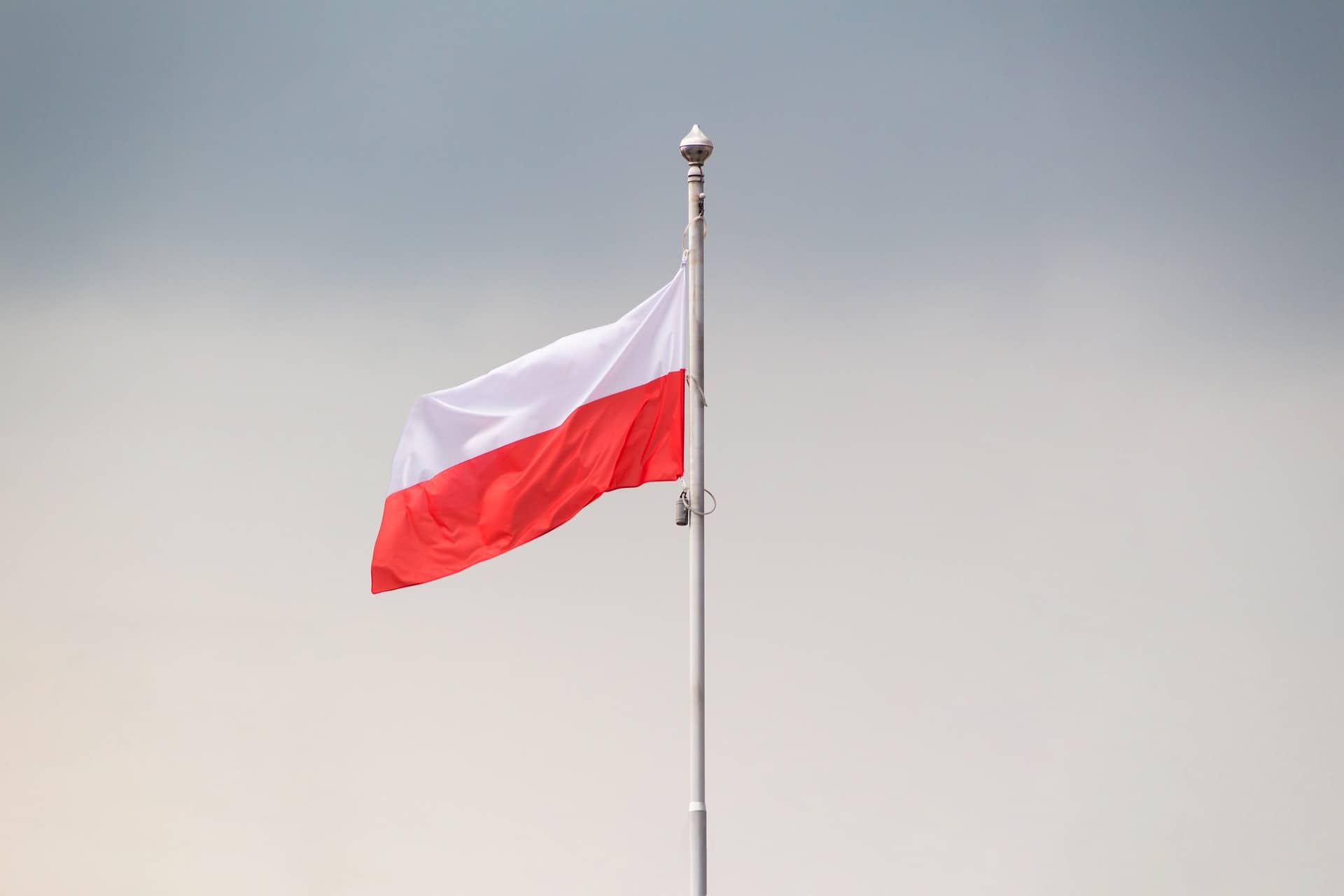The history of the Polish national flag began in the late 18th century, during the movement to restore independence after the division of the country. At that time, patriots and freedom fighters of Poland demanded that the government create a simple and recognizable national symbol. The choice fell on red and white, which were already familiar to Poles and corresponded to the colors of the national coat of arms.
⠀
The flag was officially adopted in 1831, but as far back as 1792, on the first anniversary of the Constitution on May 3, people wore white and red clothes, showing their loyalty to the country. After the ban on Polish symbols, when Poland was part of the Russian Empire, and the restoration of independence in 1918, the flag again became an official symbol.
In the post-war period, under the communist regime in Poland, many innovations in the use of symbols appeared. It was then that the flag became a sign of protest against communism. It was often used during strikes and by members of the Solidarity trade union.
⠀
Today, according to government regulations, the flag is flown on days such as May 1 (International Labour Day), May 2 (Flag Day), May 3 (Constitution Day) and November 11 (Polish Independence Day).
An interesting fact is that the old Czech national flag had the same colors as the Polish one. Today, the closest analogs in colors are the flags of Monaco and Indonesia, although their color stripes are arranged in the opposite order.
⠀

